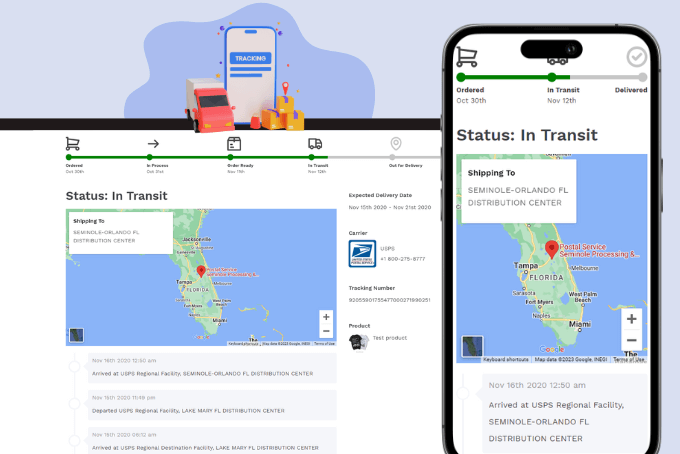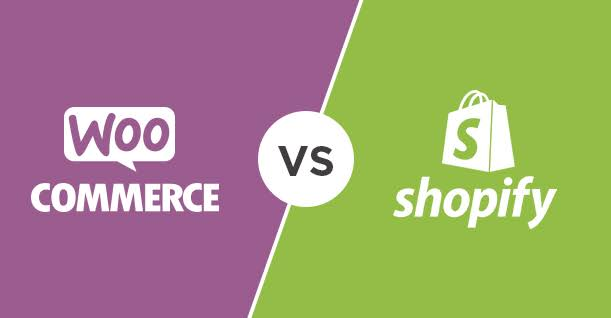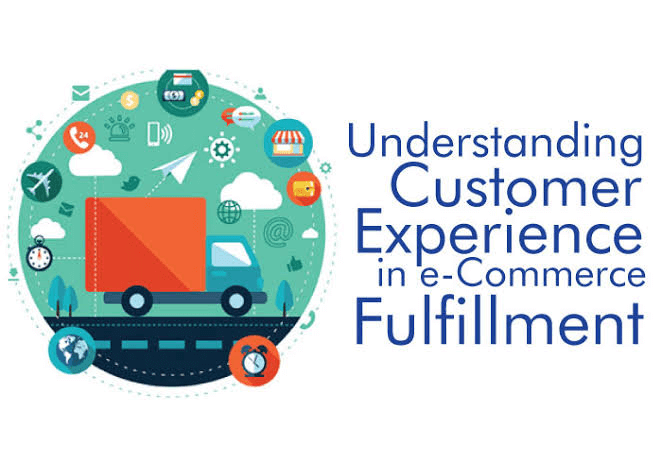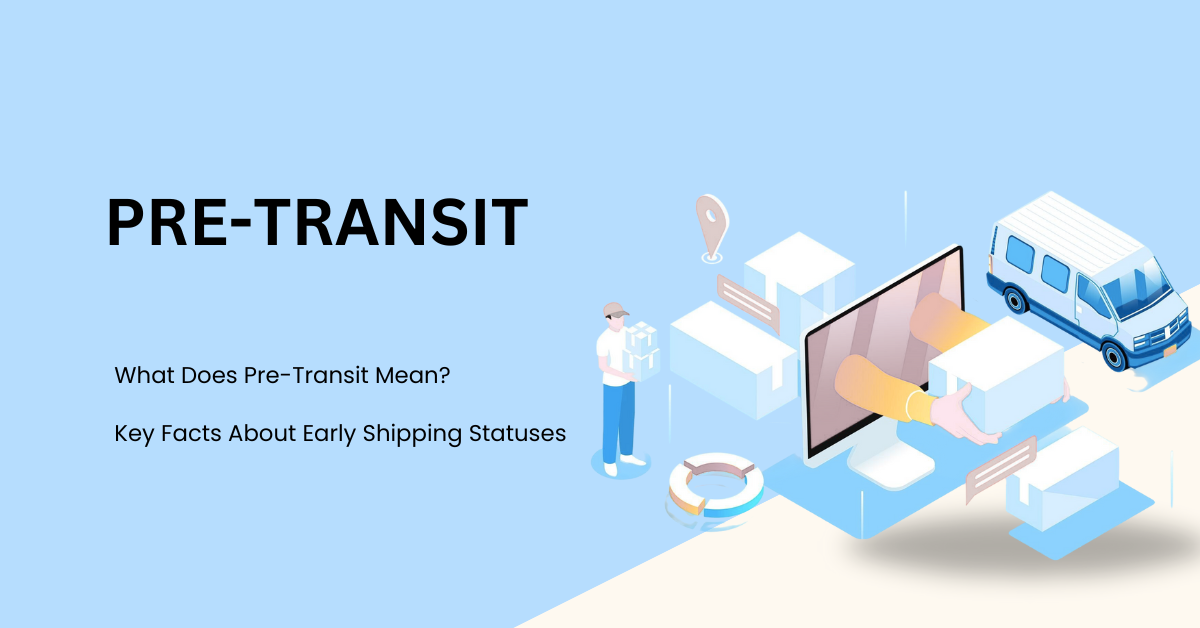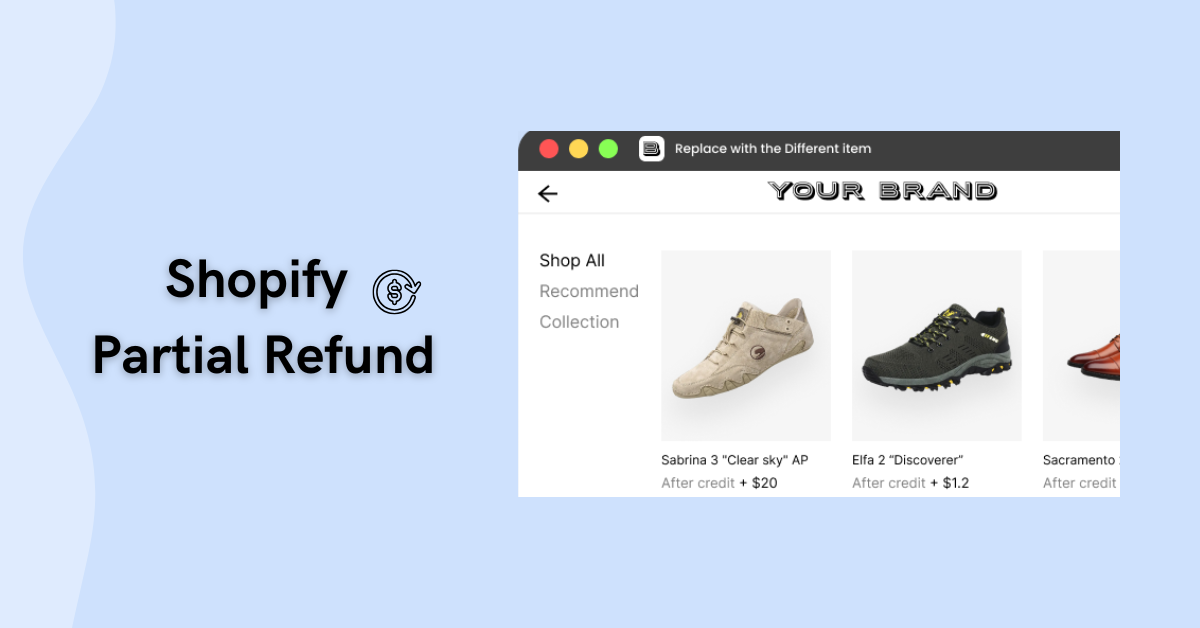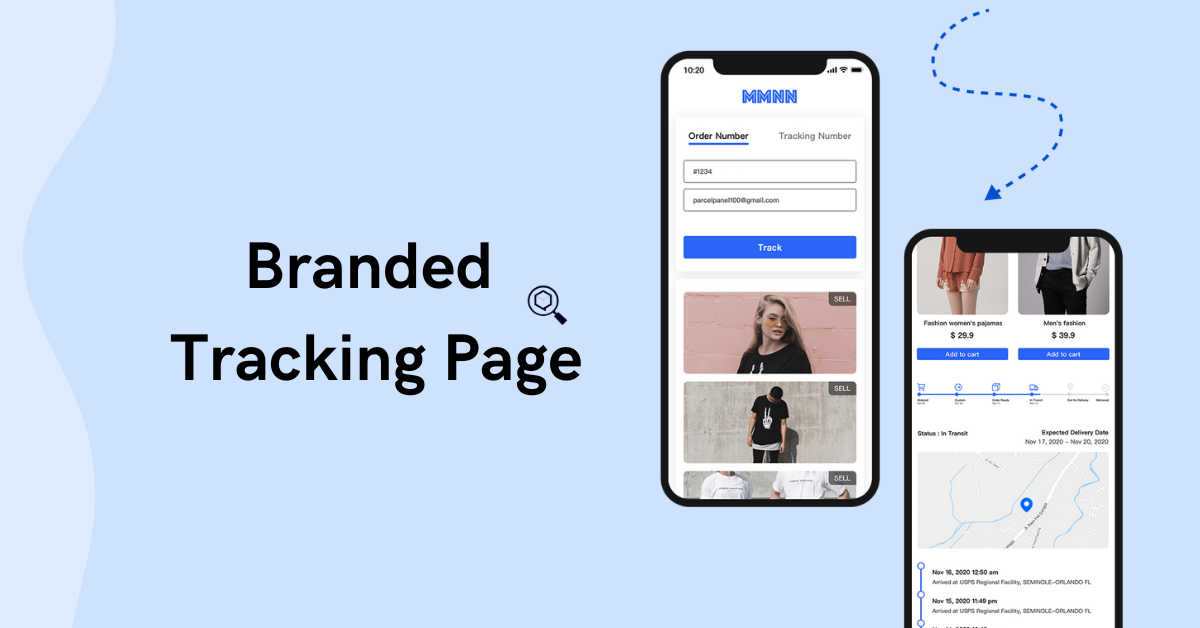Post-Purchase Dissonance: What Is It and How to Reduce It? (2022 Guide)
In the modern eCommerce landscape, success doesn’t just come from satisfying customers before purchase. No! Post-purchase satisfaction is equally important. With customers traversing through a myriad of emotions after making a purchase, make sure they don’t experience post-purchase dissonance. Dissonance can happen with any purchase, and it’s neither good for your customers nor your brand. Once it strikes, it can create feelings of uncertainty and regret. This post will highlight the potential causes of post-purchase dissonance and what you can do to tackle it. Keep reading to learn everything you need about dissonance and post-purchase CX.
What is post-purchase dissonance?
Post-purchase dissonance isn’t a new phenomenon—eCommerce customers have been experiencing it almost since the birth of online retail. Still, many merchants are unaware of its potential impact and the ways they can tackle it. So, let’s get you up to speed with the concept, starting from…
Post-purchase dissonance definition
Post-purchase dissonance, also referred to as buyer’s remorse is the feeling of dissatisfaction a customer experiences after purchasing an item from an online store. It stems from what psychologists term “cognitive dissonance,” which is a state of discomfort felt when two or more beliefs contract with each other.
Post-purchase dissonance can have negative implications for eCommerce brands, as the feeling of regret may prevent the customer from purchasing. This is a serious concern, especially when you consider that retained customers spend about 67% more on average than newly acquired customers. Dissonance can decrease your profits and tarnish the relationship you’ve worked so hard to build.
What causes post-purchase dissonance among customers?
Several things can stir an inner conflict among your customers after they’re made a purchase. Common reasons behind post-purchase regret include:
- Customers find another product with seemingly better features
- The quality of the product didn’t match customers’ expectations
- Customers find a negative review of your company
- A competitor offers a free add-on
- Customers buy impulsively without conducting any research
- Customers receive a damaged product or are notified of a delivery exception
Regardless of the cause behind post-purchase dissonance, you must actively work to address the bottlenecks in your customer experience. Although customers might try and prevent feeling bad about their purchase decision on their own, it’s still up to the brand to manage post-purchase expectations and nurture customers after the checkout phase.
Why does post-purchase dissonance matter?
How customers feel after a sale has been made can make or break your eCommerce business. If customers are not happy, your chances of getting repeat business will go down significantly.
Despite this, the majority of brands shift their focus to acquiring new customers once they’ve earned a sale. And that often results in post-purchase dissonance. Solving dissonance should be at the top of your priority list as it can impact your brand’s image and overall sales due to negative word of mouth and perception.
Customers can experience dissonance at any time—after paying for a purchase, upon receiving the order, etc. The good news is there are several ways to prevent dissatisfaction post-purchase. Offering a great customer experience after the sale has been made can help you:
- Drive repeat purchases from existing customers
- Become credible and create a strong brand image
- Distinguish your brand from the competitors
- Curb remorse and make customers feel good about what they’ve bought
- Increase retention and CLTV (Customer Lifetime Value)
Customer happiness post-purchase can also bring new customers to your business. Satisfied customers are likely to give positive testimonials and advocate for your business. Those referrals and reviews can help move shoppers on the fence about buying, resulting in more customers and higher sales volume.
Tips to reduce post-purchase dissonance

Post-purchase regret can prevent customers from repurchasing and referring your business to others. Thankfully, you can take steps to ensure customers feel happy with their decision to purchase. Here are x tactics to help you minimize post-purchase stress:
1. Identify the cause of the dissonance
Post-purchase dissonance often results from gaps in the customer experience. For example, the buyer may have expected to receive a guide that tells them how to care for the purchased item. Or, they might have thought you’d recommend more products based on what they bought.
Fortunately, identifying the cause of post-purchase frustration is within your reach. You can use customer surveys, focus groups, and other feedback methods to collect data on your customer’s expectations.
P.S. When using surveys to collect feedback, you can offer an incentive to encourage people to share their opinion. And make sure to strategically time them after the purchase depending on the type of products you sell. With certain products like an air conditioner or washing machine, customers can take a few weeks to get adjusted.
If you’re using returns management software, you can tap into its analytics to paint a solid picture. With all these insights, you can better strategize how to serve your customer base to reduce post-purchase dissonance.
2. Improve the shipment tracking experience
Post-purchase dissonance can strike while a customer is waiting for their package. Shipments can be delayed due to bad weather, slow port turnaround times, and worker shortages. Although customers know that such issues can affect even the best merchants, they feel unsatisfied when they don’t get enough insight into their order’s status.
Don’t worry, though, because tracking solutions like ParcelPanel exist to help you improve transparency around customers’ orders.
ParcelPanel allows you to set up a branded order tracking page for your customers and engage them through timely and proactive notifications. It also sets clear expectations by displaying expected order delivery dates—delays and other issues are automatically reflected with a change in the initial date.
Plus, the Shopify tracking solution offers automatic translation for multiple languages, ensuring both domestic and international customers can track their shipments without hassle.
Once you install the Parcel Panel app, it will automatically sync the shipments on your store. Then, your customers can track their parcels directly from your website. Real-time sync and tracking also free your hands to focus on other important tasks in your business.
3. Create a self-help system
If your brand has a large customer base, it may not be possible for support agents to answer every question. But you can streamline support by solving common questions with FAQs. Providing “help topics” for people to navigate and find solutions is also a good idea.
Additionally, you can set up a self-help system that allows customers to sort out basic issues related to payments, shipping addresses, warranty and exchanges, and more. Overall, these strategies can help you address the dissonance resulting from a lack of customer support.
4. Create an unforgettable unboxing experience
When it comes to unboxing, you’ll want to give customers a lot more than what they expect. If you don’t capitalize on this part of the post-purchase experience, customers’ excitement about their purchase can quickly turn into regret. Prevent post-purchase dissonance by:
- Adding a personalized touch like a handwritten thank you note or a custom message that puts a smile on the customer’s face.
- Using custom packaging instead of the standard brown box (look for packaging made with eco-friendly materials)
- Throwing in a sample of your bestseller or other freebies.
5. Have a transparent return policy
Returns are inevitable in the eCommerce industry, so it’s better to embrace them and find ways to improve customers’ returns experience. Unfortunately, many businesses hide their return policy in fine print, making customers jump through hoops rather than assisting them with refunds and returns. This results in post-purchase dissonance and can cause a brand to permanently lose a customer (a study found that 84% of shoppers would not return to a store after a poor returns experience).
So if you’re looking to reduce post-purchase dissonance, start by improving the transparency and accessibility of your return policy. You can display the policy in several easy-to-spot places throughout your site, including the homepage, FAQ page, product page, and website chat.
Here’s an example from Allbirds’ website:
The online retailer displays its return policy in several key places to facilitate visitors. This helps build trust in the business and reduces dissonance resulting from being stuck with the product. After all, when customers struggle to understand the return process, they’re likely to regret the purchase because a refund or exchange isn’t an option.
Another place where you can outline the return process is the order confirmation email. Doing this shows you’re confident about your product’s quality and features.
6. Addressing post-purchase regret can do wonders for your business
Combating post-purchase dissonance is a surefire way to add value to your business. Satisfied customers will improve your revenue through frequent and repeat purchases, so you won’t have to rely solely on new customers to expand your sales.
We hope you are now clear on the steps you can take to minimize post-purchase regret. Focus on addressing concerns and rationalizing purchases of your existing customers, and you’ll see a massive uptick in your traffic, sales, and social media following.
